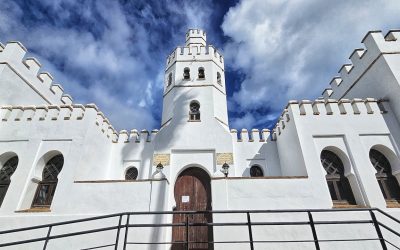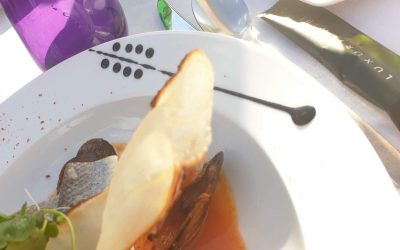Travelling through Spain over the last two years has been an enlightening experience that has taught us plenty, surprised us consistently...

Republic Restaurant Dénia Spain
Republic Restaurant Dénia Spain
The Republic Restaurant Denia
Republic Restaurant, Dénia Marina, Spain So imagine this... It's winter and the archetypal seasonal blues are hibernating...
Follow us
You can find us on social media,
different channels for different content.


